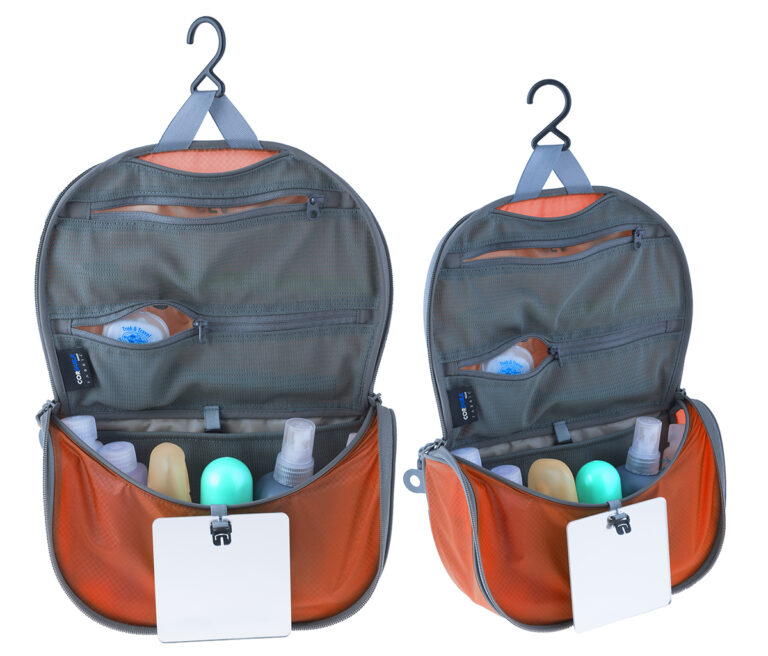High places inspire me; they challenge my spirit, inspire me to closely observe and participate in the natural world, and serve an essential role in supporting life on this planet. The more time I spend in the mountains, the more I feel responsible for stewarding alpine environments to the best of my abilities.
That’s how I became interested in the Sustainable Summits Conference, where from August 7-11 approximately 100 scientists, national park staff, climbing guides, alpine club staff, foundation directors, tourism consultants, industry representatives and passionate recreationists from across the globe shared their expertise and discussed the diverse considerations of recreating in the alpine realm. Their aim was to unite our personal connection to the mountains with ecological concerns about fragile mountain landscapes. This year’s conference was hosted in Mt. Cooke Village at Aoraki National Park, home to New Zealand’s highest peak.
The first Sustainable Summits Conference was hosted in Colorado in 2010 and focused on “exit strategies” or human waste removal. Since then, it has broadened its scope to include talks on environmental impacts such as water contamination and erosion, natural hazards such as earthquakes and floods, and social values such as commercialism and cultural awareness. Human waste removal, however, remains one of the most important recreation-related concerns across the globe.
It is also one of the most important concerns close to home. Consider the Enchantments in the Cascades, where human waste has been a hazard since the 1970s. Despite limiting transit through the core alpine zone in high season and installing more than 40 vault toilets to help capture waste and minimize impact, our excrement remains one of the biggest management challenges for the U.S. Forest Service. This agency has important questions to consider as it looks to the future and considers how to keep up with demand. Are more toilets the answer? If so, where will the funds for helicoptering out more human waste come from? Should the USFS consider limiting day users as well as overnight campers? I hate the idea of further restricting access to Washington’s most beautiful places; but if we are going to give as many people as possible a wilderness experience, then it’s important to understand what additional exit strategies are available.
One option for waste removal from heavily transited, fragile environments comes out of Alaska. Long-time Denali ranger Roger Robison, who organized the first Sustainable Summits Conference, was a featured speaker this year and discussed decades of work to promote clean climbing. His strategic approach to human waste and garbage removal has helped make less polluted and more hygienic one of the most important climbing destinations in the United States. Robison’s practical contribution to this effort includes designing a portable toilet called the Clean Mountain Can (CMC), which he developed with financial assistance from the American Alpine Club and the Access Fund. The CMC makes it possible for climbers to more faithfully practice Leave No Trace principles, even on a three-week expedition. Robison also spoke about the importance of collaboration and how difficult it can be to access information about good sustainable practices, thus confirming the importance of the conference.
Sometimes incentives are a powerful way to inspire people to take action. Another simple but innovative exit strategy presented at the conference was the Cash for Trash program set up by the EcoEverest Expedition on Mount Everest. Dawa Steven Sherpa, the environmental entrepreneur in charge of the program, explained that Sherpa carry heavy loads of equipment up the mountain to set up high camps but return with empty packs. Thanks to these hardworking mountaineers, trash that was left decades ago by the early commercial expeditions on Everest is finally being removed from the mountain.
Dawa Steven Sherpa’s ability to see opportunity in the face of a tremendous problem exemplifies the creativity and entrepreneurial spirit necessary for minimizing impact and making human habits in the hills more sustainable. It’s surprising, then, that the Sustainable Summit Conference receives little publicity and is only attended by a hundred people; hopefully, as issues like climate change and human waste continue to surge, conference attendance will also grow. Sharing international best practices has been and will continue to be a crucial part of the ongoing global effort to maintain the aesthetic beauty of our mountains and keep critical ecosystems thriving. //
Summer Hess is a writing instructor at Eastern Washington University and manages special projects for the Community Building. She wrote about Northwest climber traits in August.












